By Matt Magliacane
Features
Canik is known for delivering a lot of bang for the buck. Their ONE Series TP9SF Elite 9mm is no exception, and it may even be the exemplar.
The TP9SF Elite is a striker-fired, single action semi-automatic pistol. The TP9 series borrows heavily from the tried-and-true Walther P99 series. Its 15+1 round capacity places it in the “compact” category alongside the GLOCK 19, Walther P99/PPQ, S&W M&P9 M2.0 Compact, etc.
That said, it is a large pistol and feels substantial in the hand.
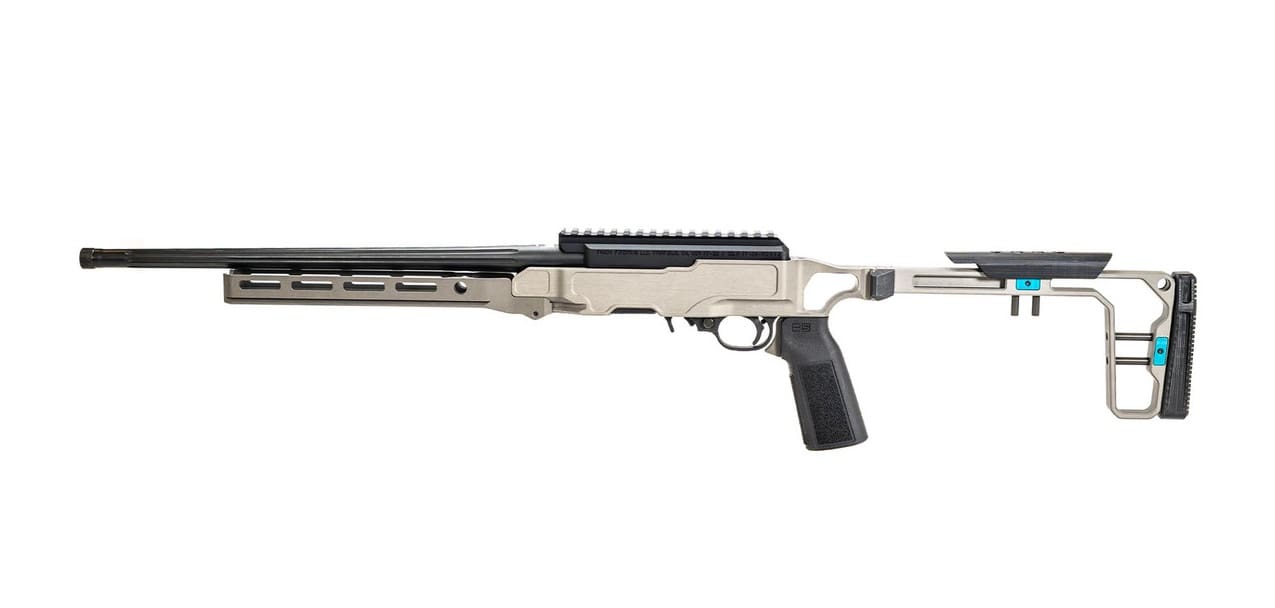
The polymer frame features stippling texture on the sides of the grip serration nubs on the front and back straps. The grip angle is wrist-friendly, and I am able to maintain a full, three-finger grip with my medium-sized hands.
The grip angle is, in my opinion, much improved compared to a GLOCK for comfort and a natural point of aim. There are no finger grooves. The combination of grip angle, length, and texture strike the sweet spot for the price.
The Canik’s grip offers just enough purchase to ensure proper control in adverse conditions while avoiding, for example, the overly abrasive sandpaper texture of some pistols. The dust cover features textured “memory points” for parking your index finger when you aren’t ready to fire.
The square trigger guard features serrations on the front for those who like to rest a weak side finger there. Three Picatinny rail slots lie ahead of the trigger guard for lights, lasers, and chainsaw bayonets.
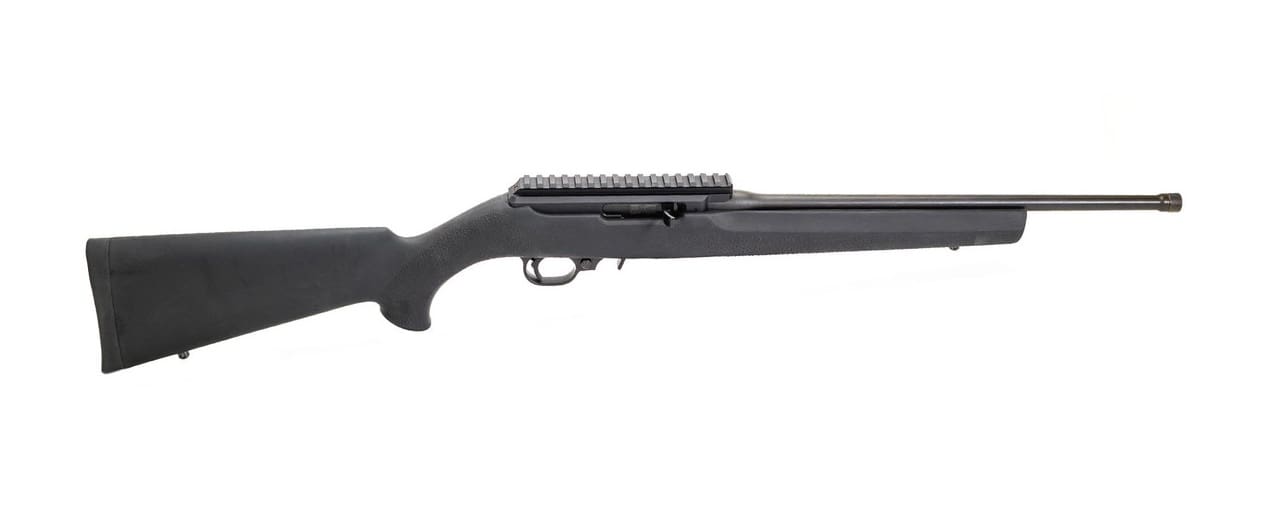
Rather than using the ambidextrous paddle magazine release found on other TP9s, H&Ks, and Walthers, the TP9SF Elite mag release is of the standard push-button American variety and can be reversed to the right side for you lefties.
The polymer trigger contains a red blade safety (drop safeties are also present inside). Long, Germanic slide release/lock arms flank both sides for ambidextrous control. I love the shape and position of these levers. While they are easy to actuate to send the slide home, I have yet to accidentally hit them and prevent slide lock-back.
(Note that the TP9SF Elite “S” features an additional trigger block safety that resembles a magazine release paddle.)
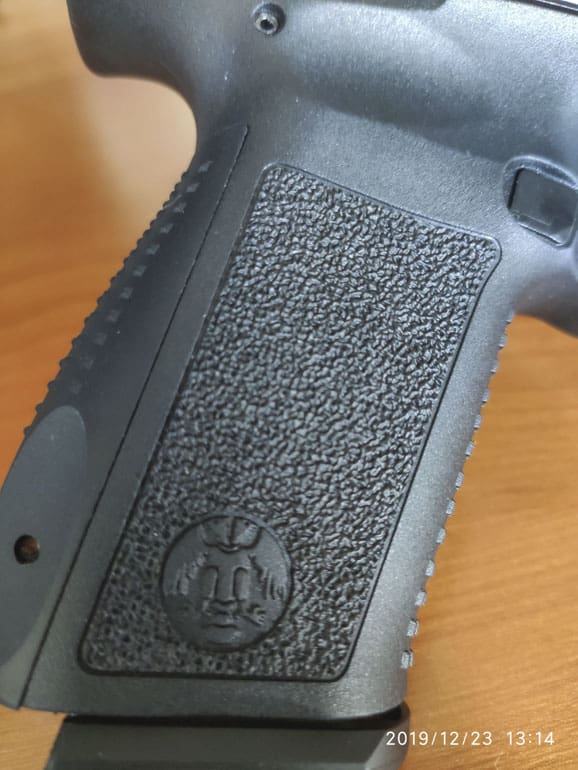
The TP9SF Elite’s show-stopping feature is its trigger. A clear indication of its Walther P99 pedigree, the TP9SF Elite features a smooth, crisp, and light trigger pull with a very short, tactile reset.
There’s no mush, imprecision, or drag as one may experience with other striker fired triggers. Similarly, it lacks the hard wall I have experienced on first-gen M&Ps that tend to throw your shot to the left of target.
The Canik TP9SF Elite’s trigger has an initial soft take-up that reaches a wall before breaking like a fresh kettle-cooked potato chip. Reset distance is negligible, making rapid follow-up shots a breeze.
It only takes a slight partial rack of the slide to reset the trigger. Try out the trigger on one of these if you ever have the chance. It may well tempt the hammer-fired aficionados among us.
Sitting atop the polymer frame is a Tungsten Cerakote-finished steel slide. It makes for an attractive two-tone finish without the stark contrast of polished stainless against a black frame. Cocking serrations are found forward and aft, and the slide contouring behind the chamber acts as another convenient area to grasp.
The TP9SF Elite is equipped with a set of Warren Tactical sights. The rear sight is an all-black U-notch, and the front is a red fiber optic rod within a black post.
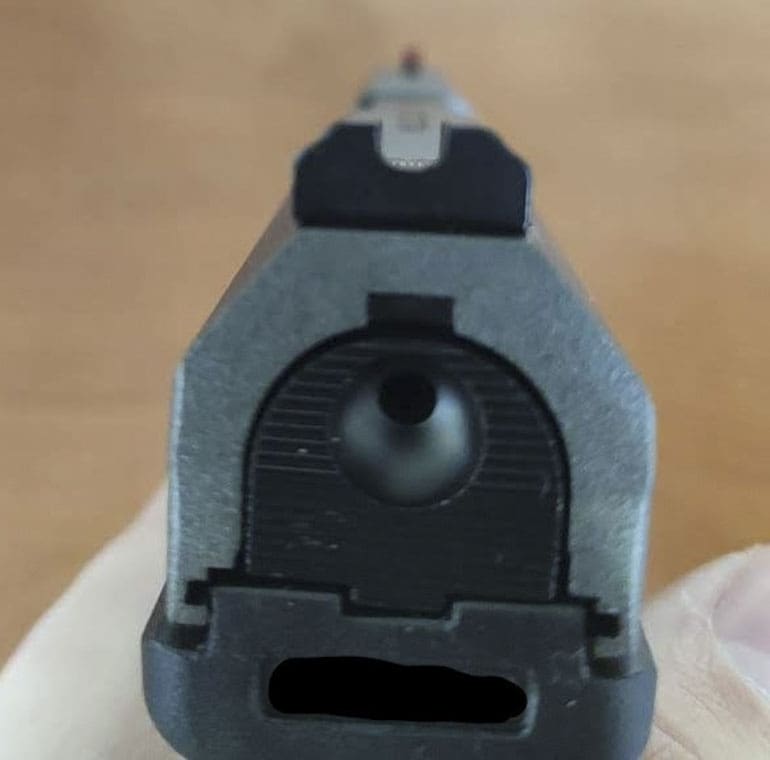
Those of you who suffer from astigmatism and the imperfect correction granted by toric contact lenses will appreciate the sight picture. For my less-than-stellar eyes, the fiber optic red dot up front seems to cut through the multiple focal planes better than a traditional three-white-dot sight picture.
The front fiber optic pipe is on the small side, trading some brightness for a better view of your target inside the U-notch.
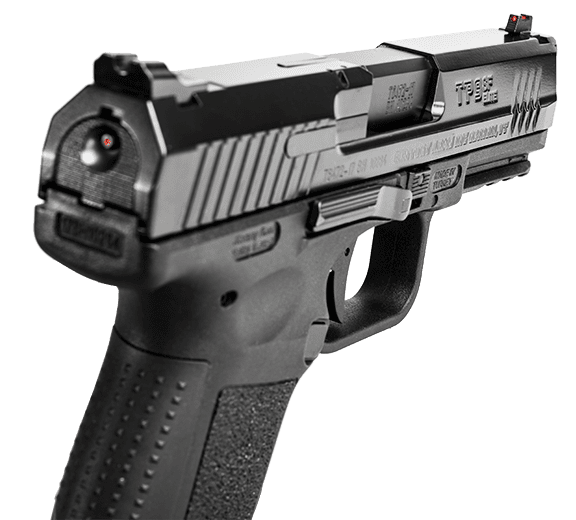
The TP9SF Elite packs a 4.2” barrel. Century Arms bills it as “match grade.” I will take their word for it from initial testing with offhand shooting at 20 yards with the aforementioned eyes.
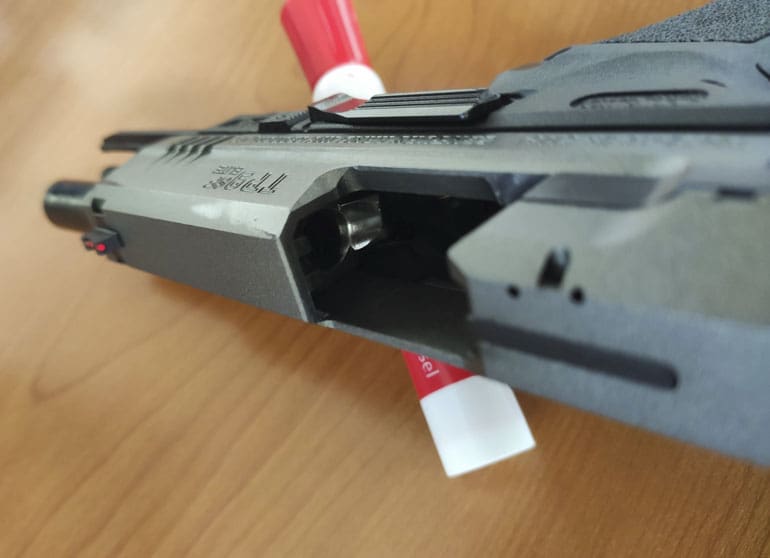
The barrel features a nicely polished feed ramp. The sturdy, captured recoil spring soaks up the recoil on spicier varieties of 9x19mm.
In the Box
The Canik TP9SF Elite ships with two 15-round magazines, an outside-the-waistband paddle holster with retention release, bore brush and cleaning rod rods, the obligatory trigger lock, changeable back strap, a magazine loader, and extra red and green fiber optic pipes for the front sight – all inside a hard plastic case.
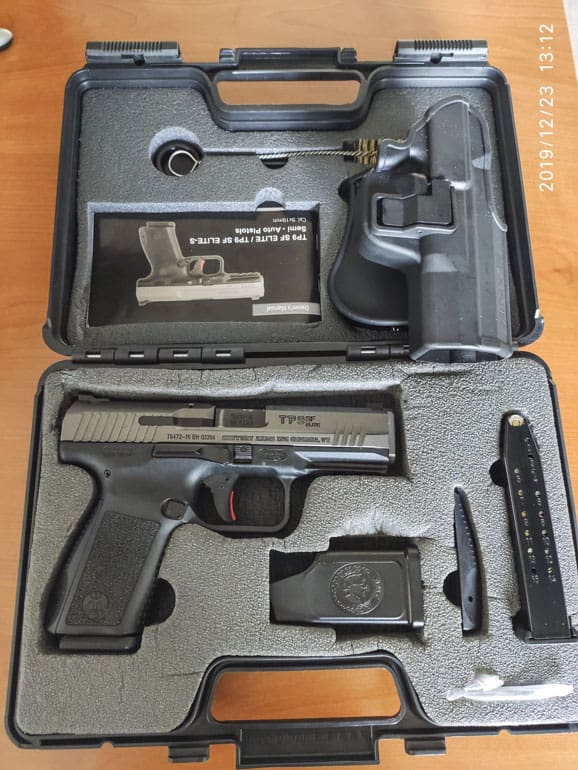
This would make for a great starter kit, particularly for the price point, providing a new shooter everything he needs except cleaning solvents and ammunition.
The included magazine loader was greatly appreciated in convincing the new double-stack magazines to submit during the initial range session. The holster is sturdy, adjustable for cant, and perfectly suited to open carry or, for those with broad shoulders, concealed carry under a jacket.
A punch is included to change back straps, though I have not found any need to deviate from the stock configuration. The instruction manual is complete with clear color photos, and an additional disassembly instruction card is included (new owners should pay attention to the unique, but easy, slide removal procedure).
On the Range
After an initial field strip, inspection, and dozens of slide racks and dry fires, I took my new TP9SF Elite to an indoor range. I cycled 200 rounds of new Sellier & Bellot 124gr FMJ through the gun and encountered a single malfunction. It was magazine-related.
One of the magazines would only hold 14 rounds instead of 15. Compelling it to accept a fifteenth round, I attempted a full magazine +1 test. It would not cycle the second round after firing and ejecting the first.
Repeating the full magazine +1 test with the second magazine ran without a hitch. No other malfunctions or oddities were encountered. The ejection pattern was uremarkable, with no hot brass down the shirt or in the face (early models suffered weak extraction when end users ran domestic commercial ammunition with the TP9SF Elite’s NATO-spec action spring).
Point of aim required a slight adjustment as the gun was shooting a few inches left out of the box. Lacking tools to loosen and drift the rear sight, I resorted to Kentucky Windage for the duration of the range visit.
First up, a 9” target at 20 yards, standing, and without support – 15/15:
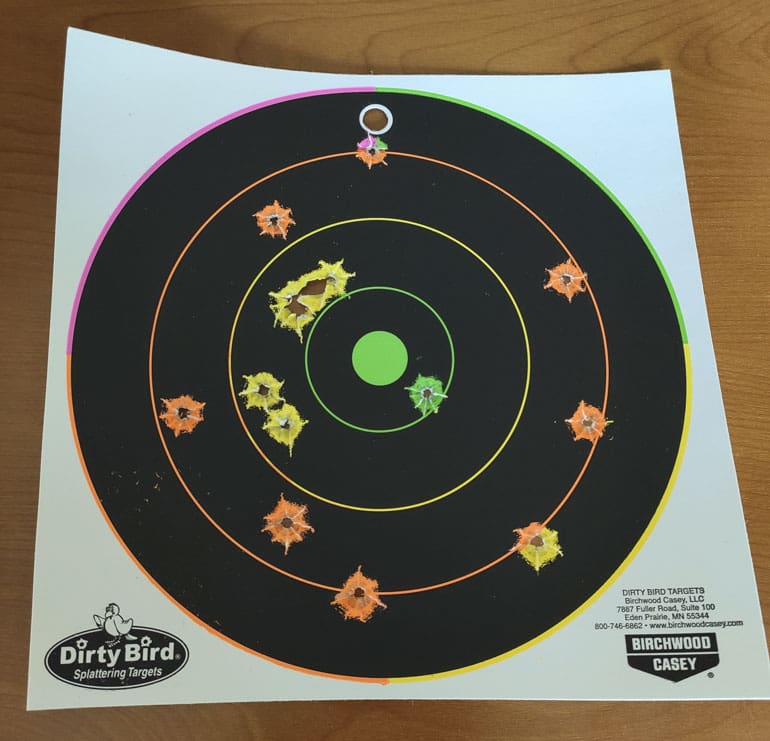
Next, another 9” target at 25 yards, standing, and without support – 11/15 hits:
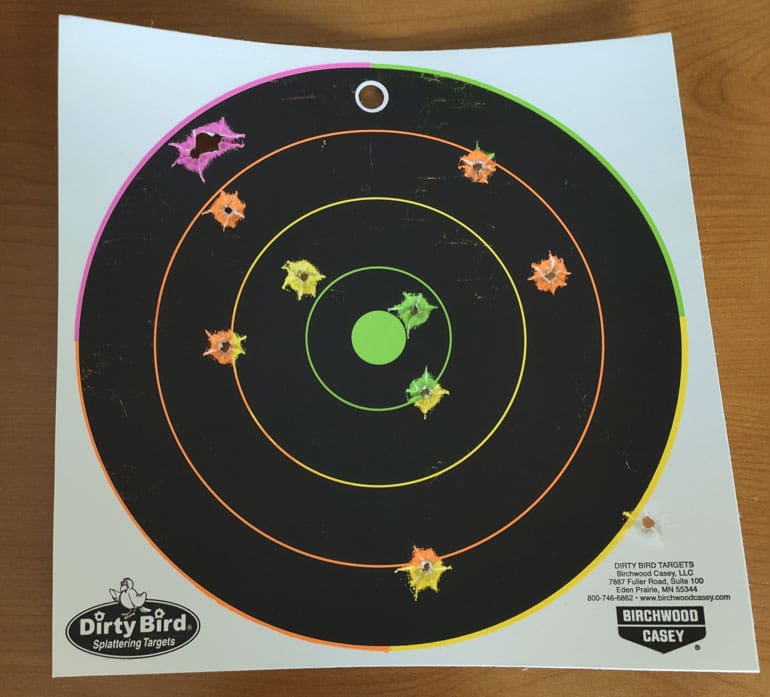
Despite my difficulty obtaining a perfect sight picture thanks to astigmatism, I was thoroughly impressed.
A second outing with a couple of hundred more pills of 115 grain Blazer Brass resulted in no malfunctions of any kind. The “bad” magazine seemed to have its spring break in with the additional use. It happily accepted a full 15 rounds.
I knew I could be taking a gamble in opting for the Canik over ze German perfection that is the tried and true Walther P99AS. The results so far have assuaged my fear that I was ordering a subpar facsimile.
Fit and finish, machining, and performance are all top notch. The price was right, and I didn’t need to shell out extra for usable sights. Value for value, the Canik TP9SF Elite is a clear standout in an increasingly crowded budget plastic fantastic 9mm market.
Specifications: Canik TP9SF Elite
Caliber: 9x19mm
Capacity: 15+1, Two 15-round magazines included
Weight: 28.2oz w/ empty magazine
Barrel Length: 4.2”
Sight Radius: 6.5”
Overall Length: 7.25”
Height: 5.25”
Maximum Width: 1.45”
Sights: Warren Tactical rear black U-notch, front fiber optic
Controls: Ambidextrous slide release/stop; reversible magazine release; no external safety
Price: About $320 retail
Ratings (out of five stars):
Reliability: * * * * *
Except for one early magazine-induced failure, the TP9SF Elite has been completely reliable. Excellent machining, a factory-polished feed ramp, and a tried-and-true design deliver smooth and predictable feeding, extraction, and ejection. Cerakote on the metal surfaces ensures protection against sweat-induced corrosion for those wishing to carry IWB.
Accuracy: * * * *
Preliminary testing has demonstrated that the TP9SF Elite delivers more than sufficient accuracy for casual, competitive, or defensive use. While this is no custom match-grade handgun, the TP9SF Elite will likely out-shoot its owner. The light, crisp trigger pull allows for a precise first strike and rapid, accurate follow-up shots. There was no need to resort to corrective training or an aftermarket trigger to achieve stellar down-range results off the rack.
Ergonomics: * * * *
While not quite possessing CZ or Walther PPQ ergonomics, the TP9SF Elite is very comfortable in the hand. Controls are large and easy to manipulate. Grip texture, cocking serrations, and textured controls create a great out-of-the-box package that won’t require skateboard tape or aftermarket fixes to ready the handgun for service.
Customization: * * *
While there’s some inherent customization options with the included changeable back straps and fiber optic pipes, the TP9SF Elite can’t hold a candle to the levels of aftermarket support that GLOCK or S&W owners enjoy. Century Arms offers various magazine sizes from other TP9 models, and Warren Tactical (among other brands) offer alternate sighting systems. A factory-milled optical sight cut would have been helpful (now standard on the sub-compact model).
Overall: * * * *
For approximately half the price of its German ancestor, the TP9SF Elite delivers incredible value. The trigger alone separates the TP9SF Elite from its budget-minded competitors, and it will hold up favorably with most factory offerings from the bigger names in the business.


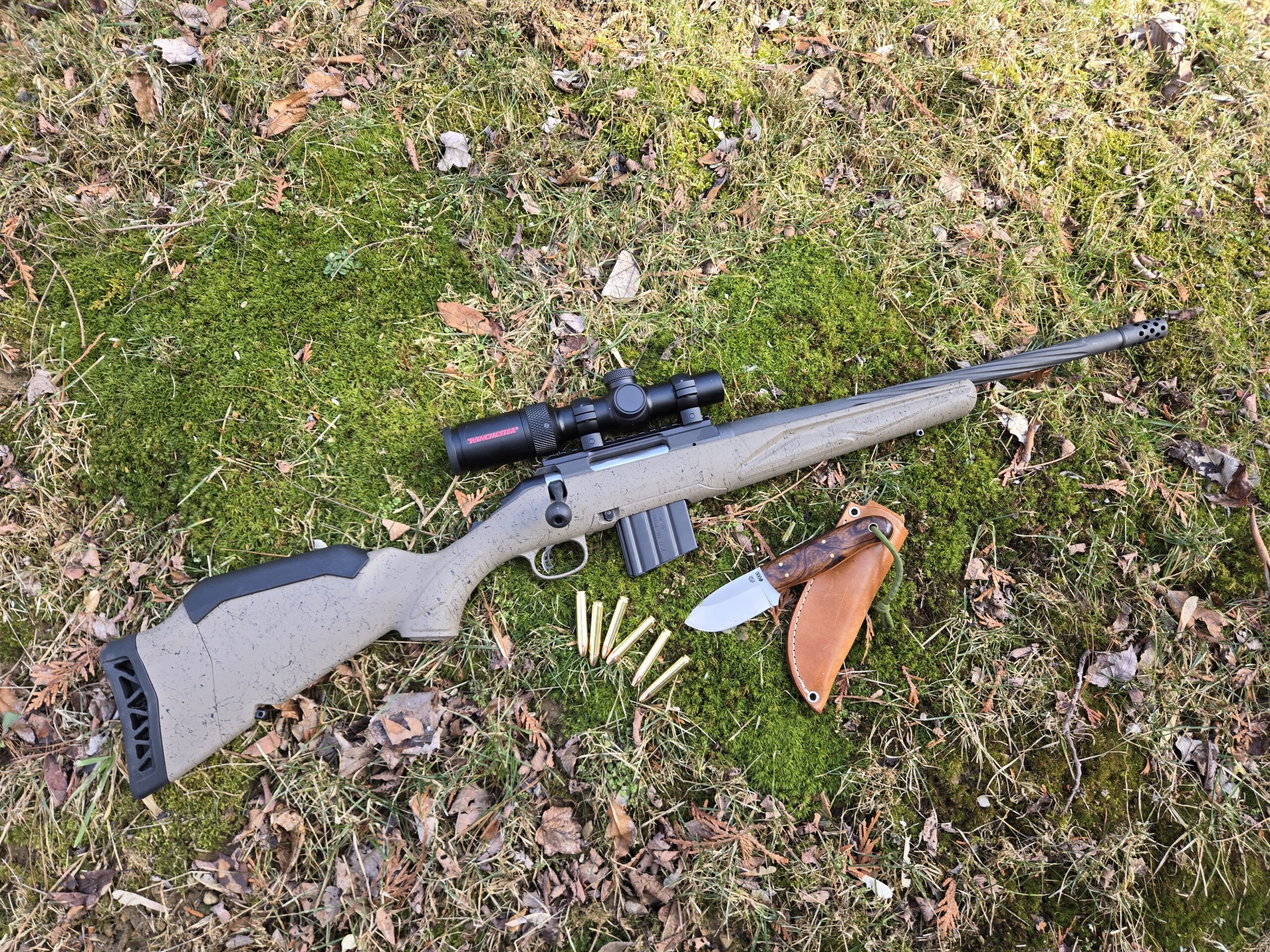
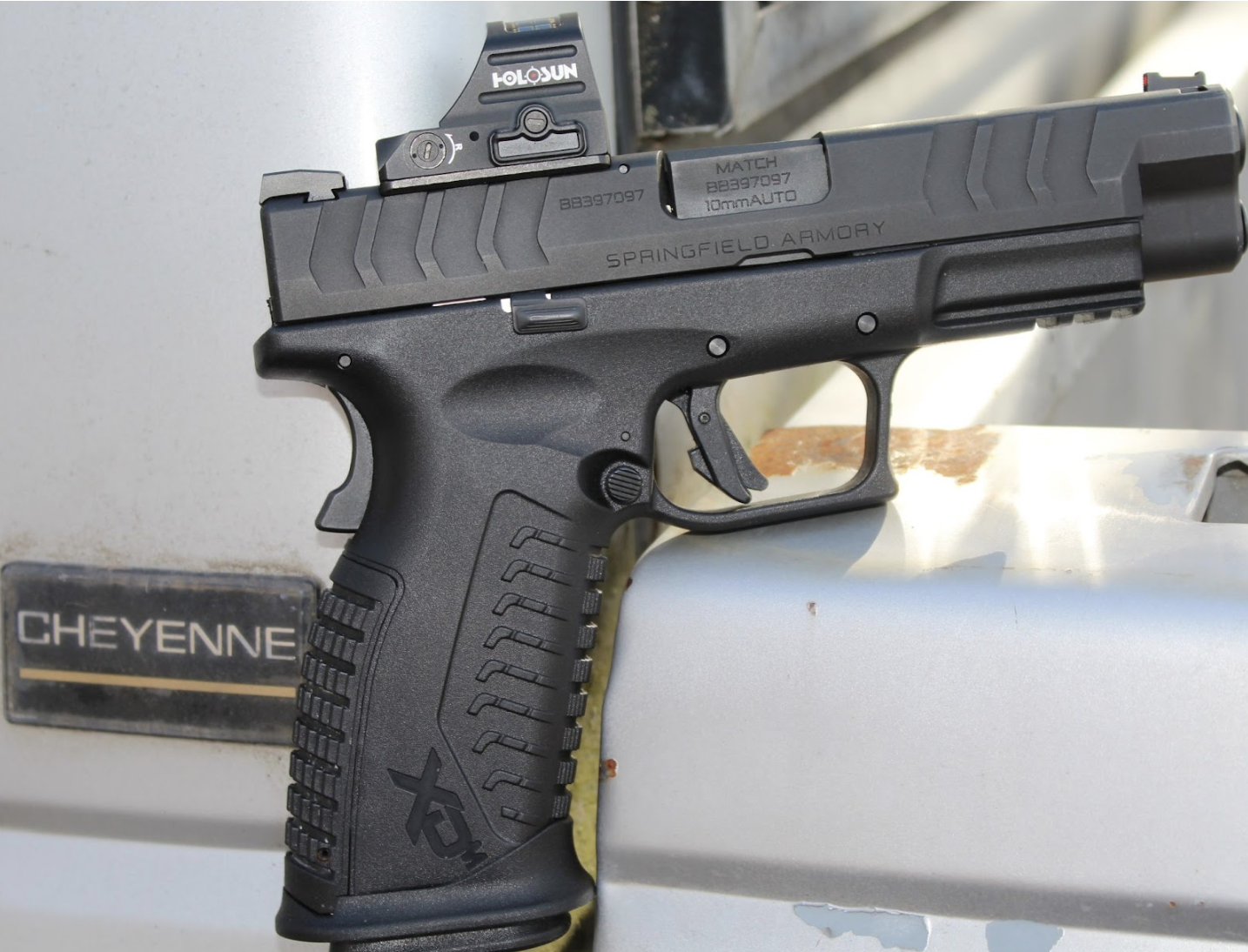
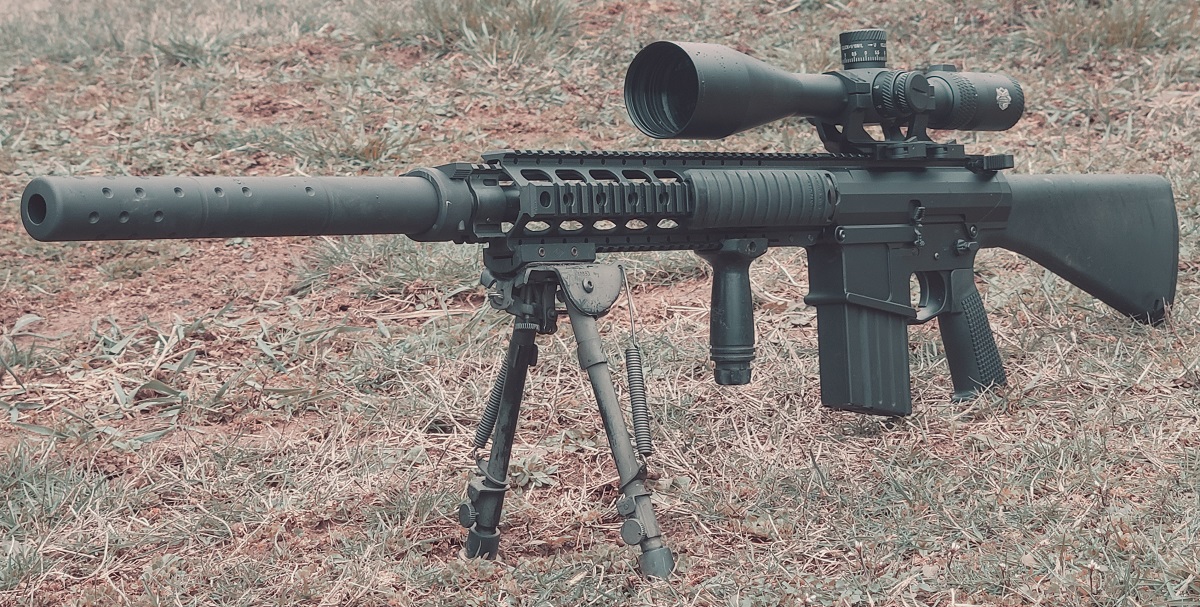
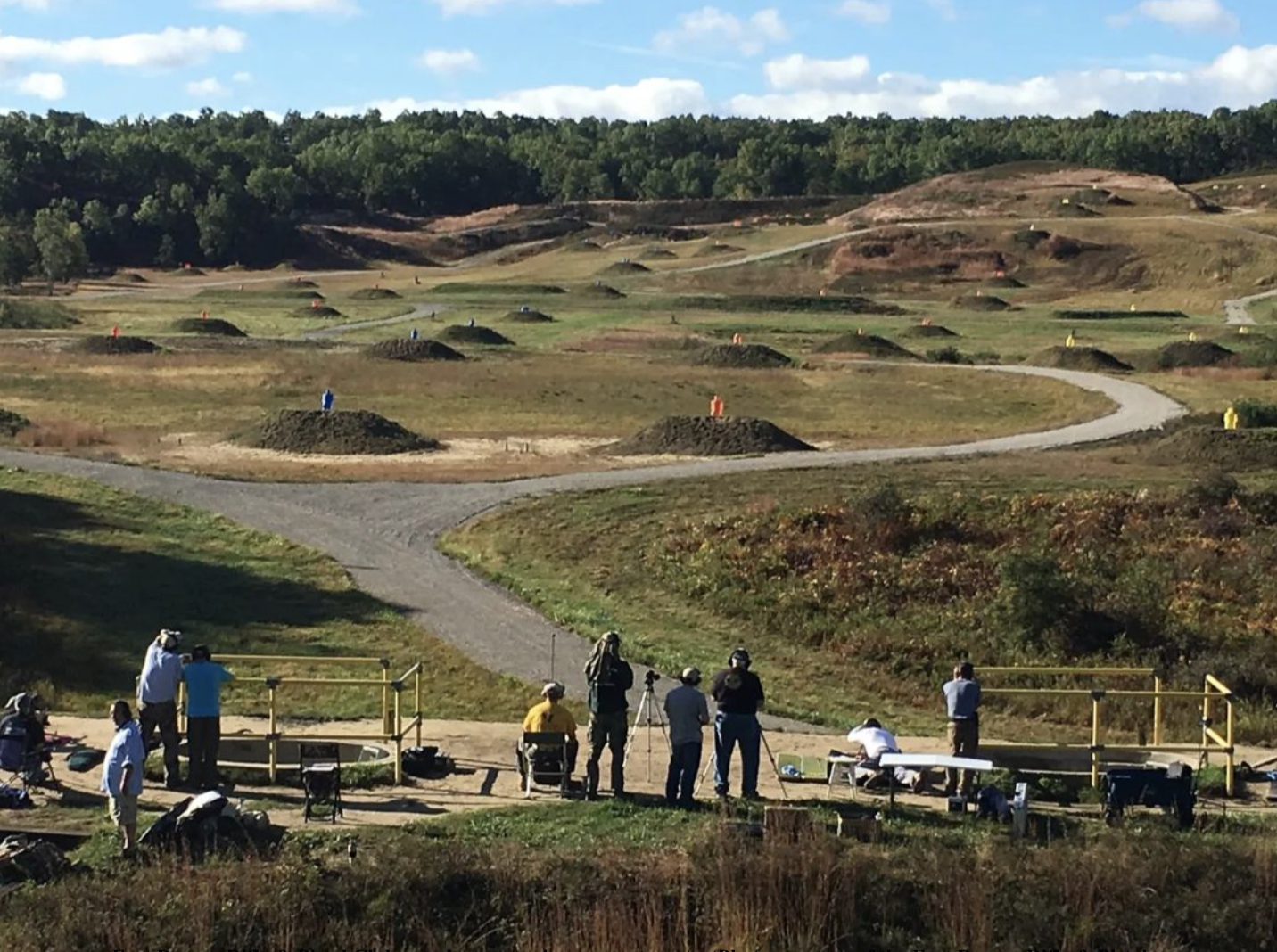



I bought this same gun recently and I do not regret it. It’s a fun gun to shoot. If it goes bang every time and is comfortable to shoot, I’m for it. Besides Sleepy China Joe is going to block import guns, so you better get one now if you can. It is a great firearm for when the zombies come.
Kevin, just an update: The Zombies are already here, I drive by Starbucks and there are groups of them standing around, staring at their phones.
I read a lot of “copy of a Walther P99” and at first glance it appears so.
In this day and age of derivative engineering – or, what the industry has been doing for hundreds of years, “can we copy that legally now?”, Walther’s P99 brings a lot of other gun features to the table.
Different backstraps for different grips? One much older comes to mind, the 1911. I was reasearching the features and mechanical design when someone smacked me in the forehead with that – it’s one of the specific and obvious changes to make the A1 designation.
Barrel hood lockup to the slide – because modern guns quit using the interior locking lugs that didn’t actually do much of that, most and once again, the 1911 comes to mind, it’s something you pay dearly for in blood sweat tears or bucks to accomplish. That and eliminating the swing link is what tightens up that ancient design to get accuracy, as so many 1911 shooters for precision well know. A firearm that starts out with the problem solved then starts with a higher accuracy baseline other things being equal. Who came up with barrel hood locking and no swing link as a system? SIG Sauer in the 70’s. Most do that now – I’d like to see a 1911 with that.
Polymer frame? Not Glock, HK did that with the VP70 of the same decade, a ray gun styled but innovative firearm that proved the concept. Glock just copied it to lower prices, increase profitability, and drive the typically slow to change or innovate American makers out of LEO sales.
Double stack magazine? Back to the past again, search for “Savage 99”, and hunting rifle with a 4 round in action magazine that staggered them. From there it was simply a matter of time before it was used in handguns, and the Browning HiPower did that. You know, the design Browning was working on trying to get past all the patented features of the Colt 1911 he sold off. Goes to, when you paint yourself into a corner, THEN you really get cooking, and the HiPower has been much more influential in combat handgun design.
Last but certainly not least, the trigger – a GLOCK SAFE action design, and no, striker fired weapons are certainly no weak or insufficient. We have moved to them to eliminate the more obvious flaw of an exposed hammer – impact can and will cause negligent discharges. On the other hand, all too many do not heed Glock’s very specific warning about holsters – use only hard sided trigger enclosures. Never use flexible leather or woven fabrics with any single action or double action only handgun that doesn’t have a separate safety. Keep loose clothing away from the holster when reholstering, don’t practice “combat reholstering” the way some instructors insist be done to amplify their training time, and inspect those holsters as regulary as you clean the weapon. Weekly.
“Copy of the P99?” Not so much, copy of the 1911, HiPower, Glock, SIG and a few others made long ago. It might be a way to inform the consumer about what the firearm seems to look like, but it drastically understates how much designers borrow from each other and as quickly as they legally can. If you need another example, look to Ruger who copied the Keltec P3AT, while not actually achieving a better end result. With Canik, we at least get a price point, more mags, holster included (hard trigger guard, hmm) ISO rated operating system, NATO certified, cleaning kit, mag loader. Now if Canik could just add a coupon for a years worth of 9mm at 35c a round, it would golden.
I own a Canik Elite and it’s just as good, if not better than my Glock and my M&P. It shoots just as good as them and it has better ergonomics. It is just as reliable and probably more accurate. I like them all equally but the value of the Canik out of the box is amazing. The Canik comes with parts that would be considered aftermarket upgrades on any other brand. I love the Elite. Give it a try. You won’t regret it.